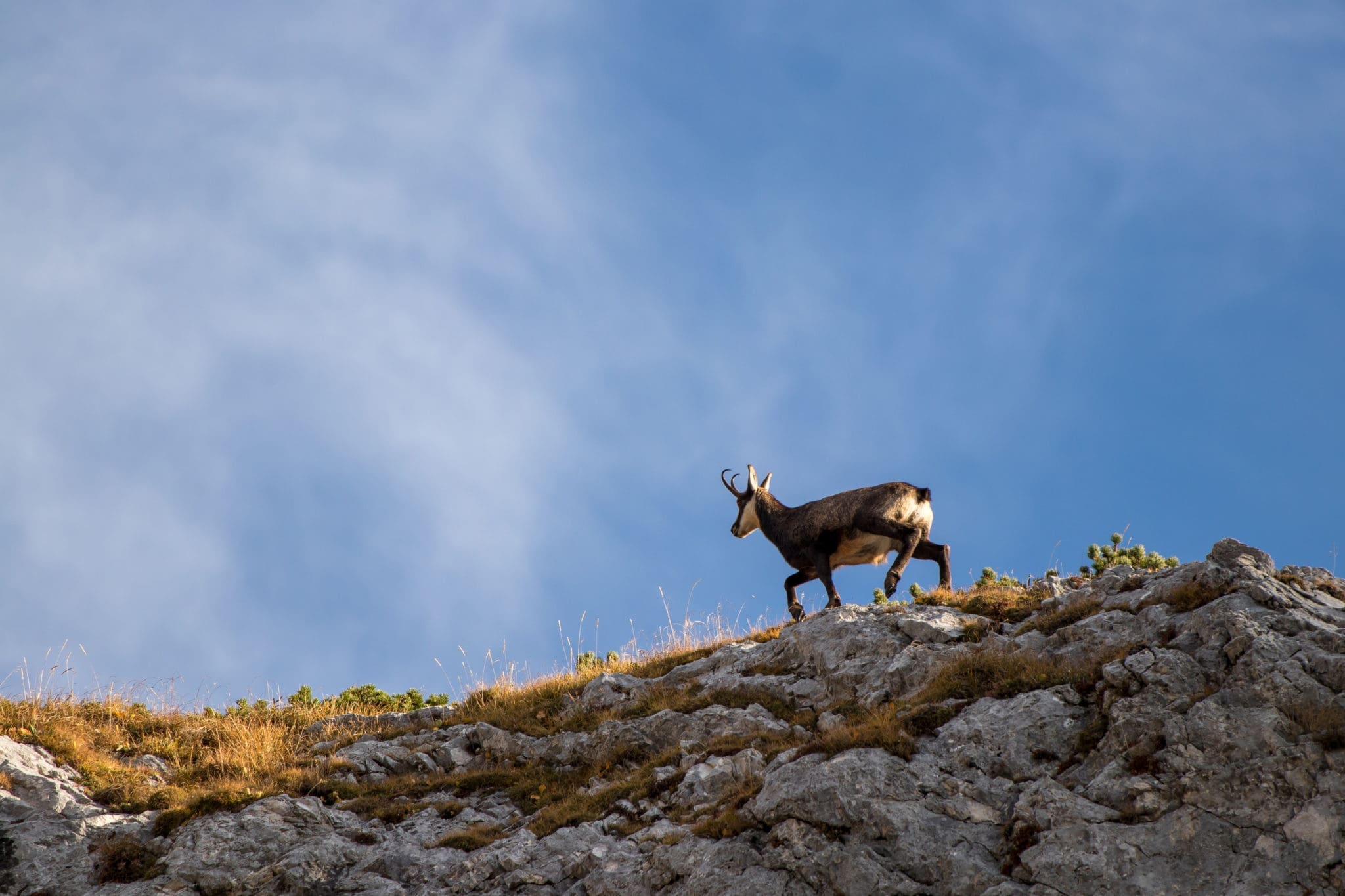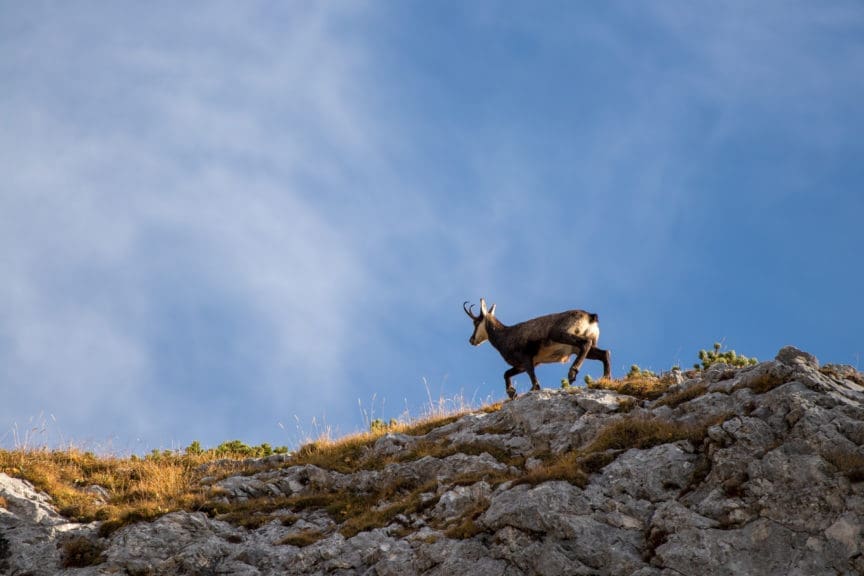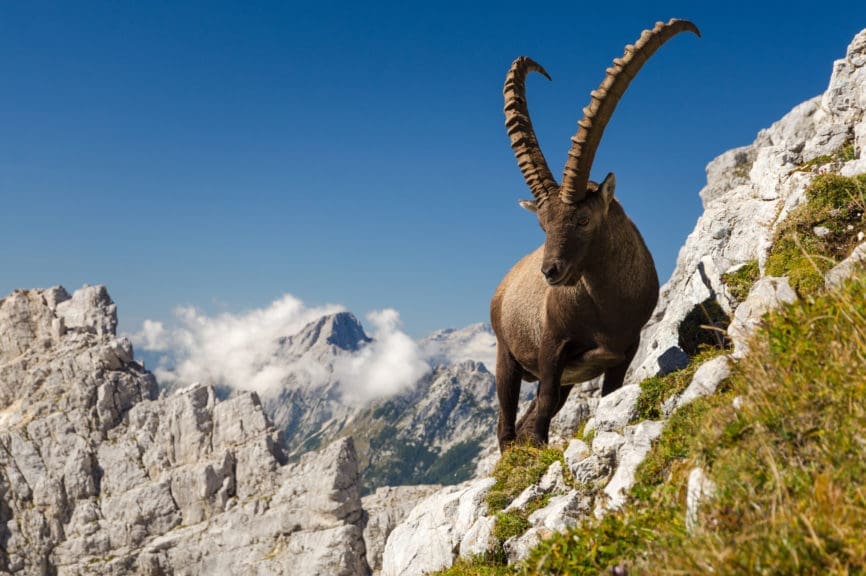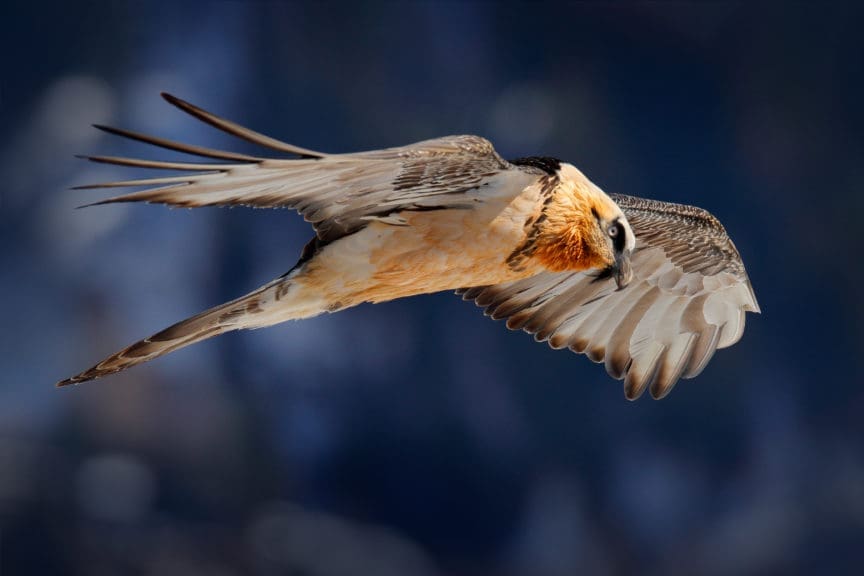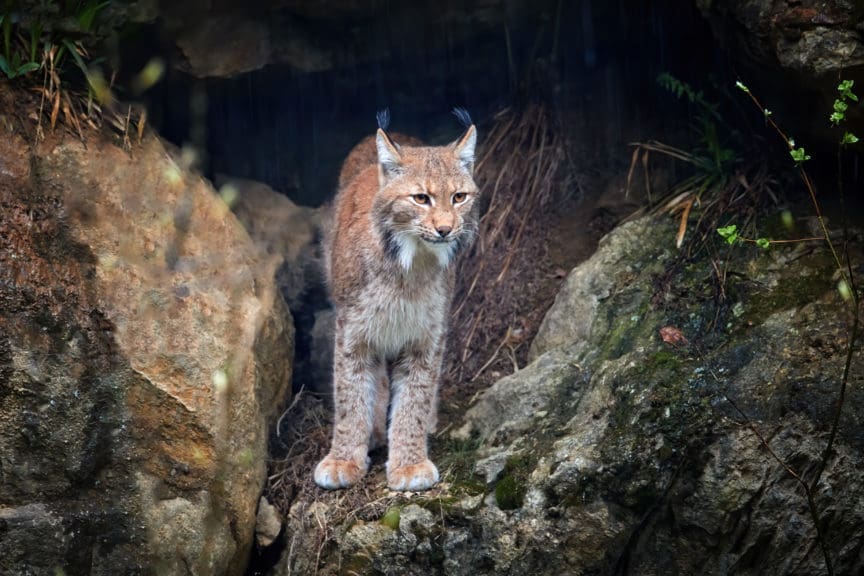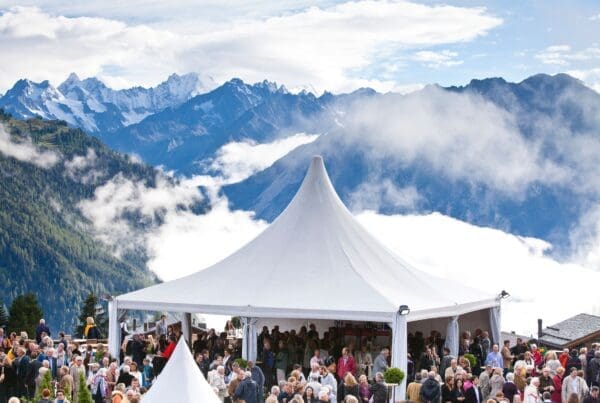Wildlife in Verbier
Summertime in Verbier welcomes an abundance of beautiful wildlife and breath-taking scenery. Once the mountains begin to reveal their rolling wildflower meadows and glistening waterfalls, Verbier becomes alive with an array of alpine characters. These shy creatures can be found above the treeline and have adapted to the harsh mountain environment around them. They tend only to make an appearance in the highest peaks so spotting them is a rare treat!
Some of the Ski Verbier Exclusive team are lucky enough to call Verbier their year-round home, and are excited to share the best of what Verbier has to offer during these beautiful months. Recently they’ve been roaming the in higher altitudes to discover the Top 8 creatures who we share our mountain home with.
1. Chamois
Chamois are the resident rock-climbing, would-be adrenaline junkies of the Alps. While hiking, be sure to keep a keen eye out for these expert scamperers, as they dart up, or down, steep cliffsides, leaping from rock to rock as if it was all for fun. They are also incredibly skittish, so spotting them is difficult, to say the least. Sadly, through a combination of disease, over-hunting and disturbance of their habitat, chamois numbers are declining. Climate change is also pushing them to ever higher altitudes, so it may be less likely that you’ll spot them.
2. Marmot
These small fury rodents, almost resembling a womble, hibernate during the winter months so you will only see this cuddly looking creature during the summer. From April to September, it enlivens alpine pastures with its whistling call! One of our favourite spots in Verbier is named after our favourite mountain mammal. La Marmotte restaurant is perched on the Savoleyres side of the resort and offers a delicious selection of traditional dishes from the Valais region. In wintertime, the great moment comes at the end of the meal with the moon-lit toboggan descent to the village!
3. Ibex
Alpine ibex are instantly recognisable on account of their huge, curving scimitar-like horns. They are now fairly ubiquitous around Switzerland, a tremendous feat after being wiped out in the wild nearly 200 years ago. At the start of the 20th century, three ibex were reintroduced, or stolen, from neighbouring Italy in what has become one of the country’s greatest natural comebacks. And it all started with a goat heist. Today, the Upper Val de Bagnes Nature Reserve, one of Switzerland’s largest nature reserves, is a particularly good spot to see them in the wild.
4. Bearded Vulture
Hunted to extinction in the 19th century, the bearded vulture, with a wingspan of nearly 3 metres and weighing up to 8kg, is the largest bird in the Alps. It has sadly suffered from a horrendous, and untrue, reputation as a killer of sheep, horses and even children. Its local name, Lämmergeier, is telling and translates to ‘lamb vulture.’ Since 1986, bearded vultures have been reintroduced to the Swiss National Park. It’s uncertain just how many there are in the wild, but National Park authorities have observed released pairs breeding. These awesome creatures are definitely a highlight if you are lucky enough to see them soaring in the sky.
5. Golden Eagle
With a wingspan of nearly 2.2 metres, the golden eagle is a truly remarkable bird that somehow managed to hold on while all the other great predators were being killed off in Switzerland. Its population has recovered and today, there are around 300 breeding pairs across the country, according to the Swiss Ornithological Society.
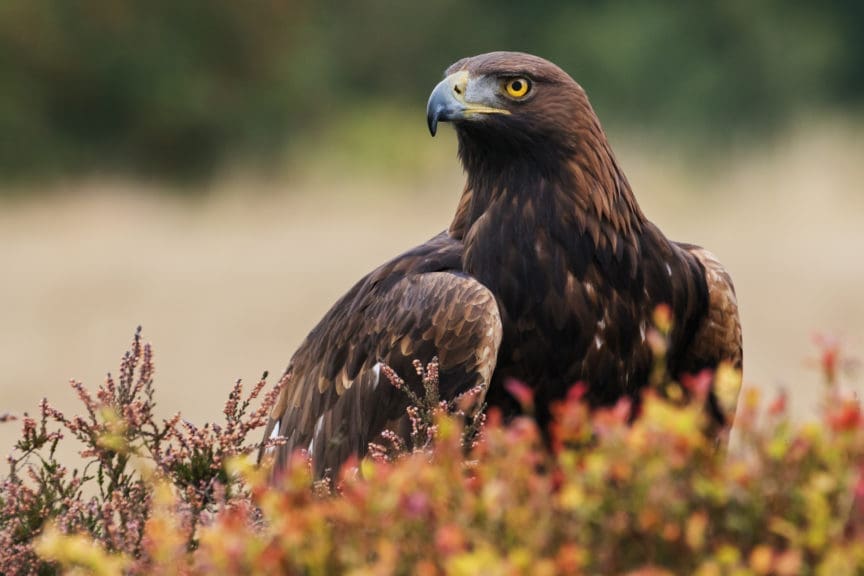
6. Wolf
Wolves were driven to extinction in Switzerland by the late 19th century. In 1995, however, a single male wolf crossed the Italian border into the canton of Valais. Nowadays they continue to make a comeback, with two packs sighted in 2015, bringing the total number in the country to around 40. Of all the wildlife in Verbier, they are perhaps the most controversial of predators and their presence continues to cause a division with many in favour of exterminating them once more.
7. Lynx
Like the wolf, the lynx and its elaborate ear-whiskers had disappeared from Switzerland by the turn of the twentieth century. In 1967, the government began a reintroduction program, which has been successful in bringing population numbers back, but they still remain low at around 100-150 across the entire country. These stealthy hunters mainly feast on chamois and roe deer. They require a dense forest to live and hunt in, making further urban development one of the barriers to their recovery.
8. Brown Bear
Brown bears are making a comeback in Switzerland. In 1904, the last bear in Switzerland was shot dead. Strangely, as the conservation organisation KORA recounts, discussions about bringing the bear back began almost immediately after it was wiped out. For a long time, the canton of Bern, whose emblem is a bear, didn’t see a trace of the animal. But in early 2017, a wild bear was spotted roaming through the countryside, the first time one had been seen in nearly two centuries. In 2016, there were three bear sightings, but one of them was tragically killed by a train. Bears continue to migrate to Switzerland from neighbouring Italy, but whether they will establish a permanent home here remains to be seen. To many, bears are the most iconic wildlife in Verbier.


